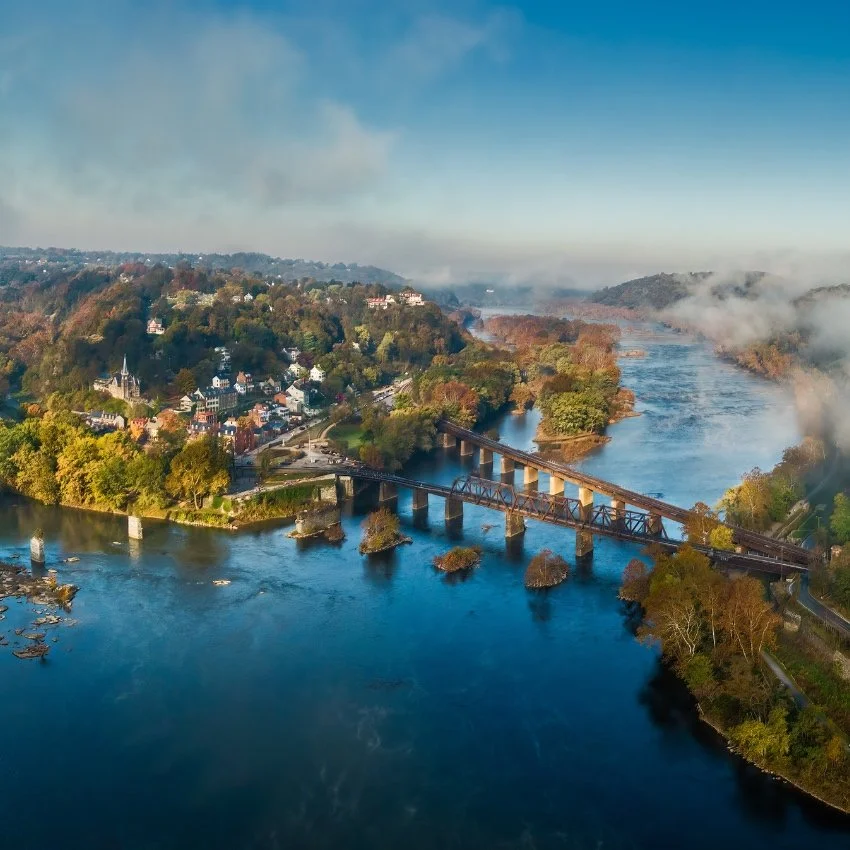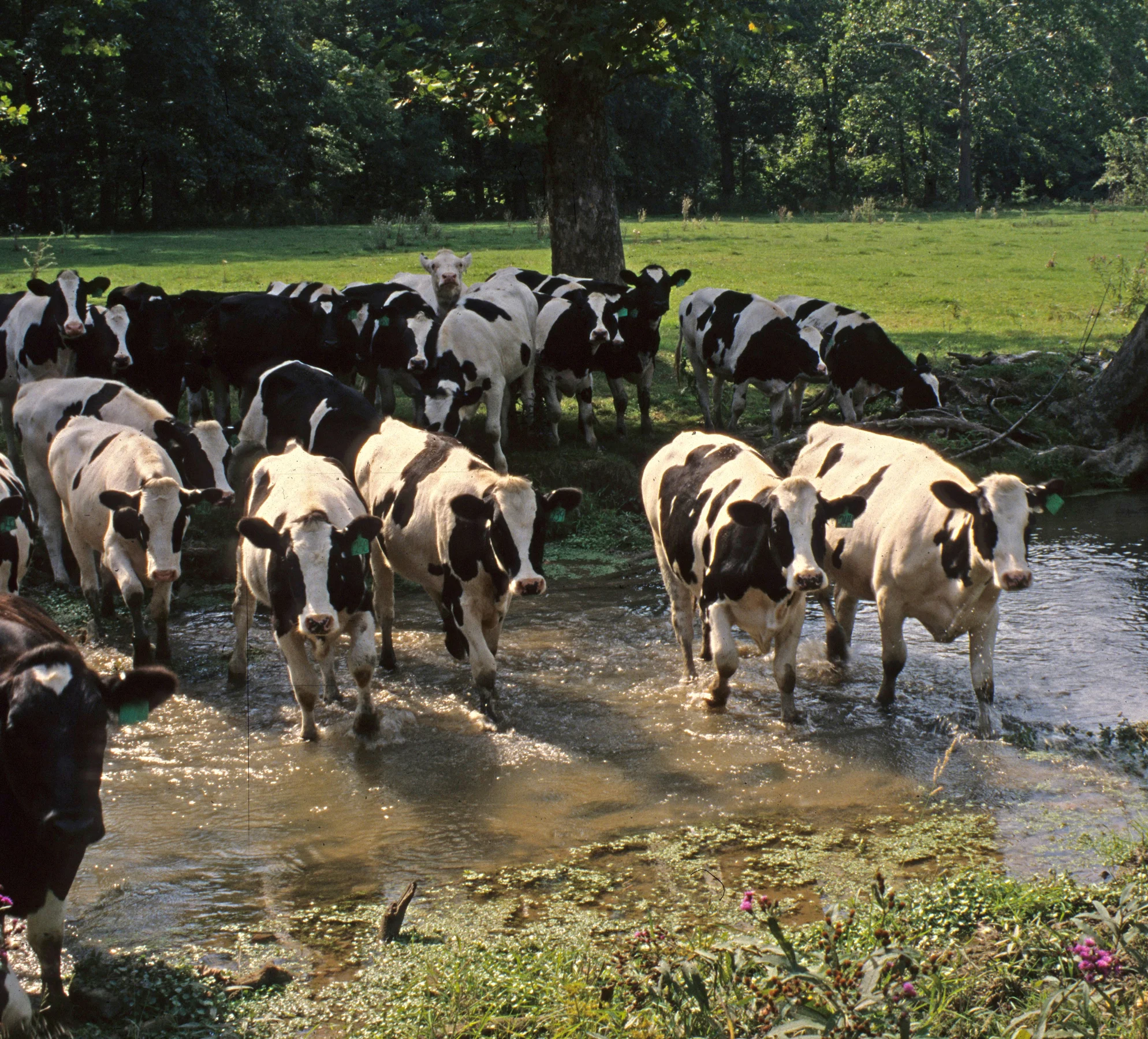Anacostia Set to Become One of the First Styrofoam-Free Rivers
/First Regional Styrofoam Bans Take Effect
Styrofoam food packaging is now a thing of the past for restaurants in Washington, DC, and Montgomery County.
Last year, Montgomery County joined the District in passing a ban on styrofoam food containers, a move aimed at reducing pollution in local streams and creeks in and around the nation's capital. The bans took effect January 1.
Neighboring Prince George’s County will follow suit with its own ban this July. By mid-year, the Anacostia River, a significant tributary to the Potomac, will become one of the first styrofoam-free watersheds in the country.
So why styrofoam?
“As plastics go, it's among the most toxic, not just to human health but to aquatic life as well,” says Julie Lawson, Director of Trash Free Maryland, a local nonprofit that works to reduce and prevent pollution.
One issue is that styrofoam is quick to break into small pieces, making it hard to remove and easy for fish and other wildlife to ingest. Styrofoam can also absorb pesticides and other chemicals making it especially toxic.
It’s also one of the most notorious pollutants of the Anacostia, accounting for 20 percent of trash found in the river.
“That's why the ban on these products in all three jurisdictions — Montgomery and Prince George's counties and the District — whose streams feed into the Anacostia is so important,” says Dan Smith, Director of Public Policy and Advocacy at the Anacostia Watershed Society.
“Many of these products that are used for just minutes, largely for food and drink on the go, will cause hundreds of years of pollution.”
The hope is the bans will all but eliminate styrofoam pollution in the river, similar to the effect of the 5-cent plastic bag fee in DC, which has led to a 72 percent decline in plastic bag pollution in the last five years.
Passing the “foam trifecta,” as Lawson dubbed it, isn’t just great news for our rivers, but for local residents and the economy as well.
“More than a dozen stream and neighborhood organizations worked together to make this happen regionally, moving policymakers with hyperlocal stories about the impact of litter,” Lawson says.
Litter that we’ll be seeing less of in the coming year!















Let’s dive into the history of segregation and the swim ban in DC. Segregation wasn't the only thing that prevented equal access to water. Pollution also led to additional limitations to accessing natural waters.